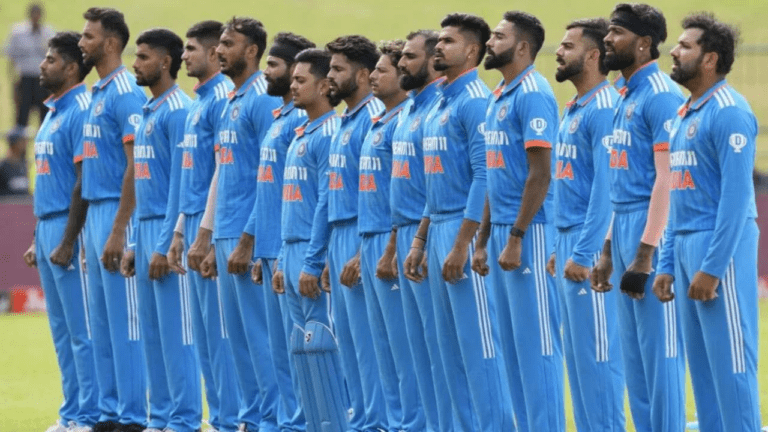Exploring the IPL Player Transfer Market: Trends and Patterns
Gold365, Play99exch: Player transfers in the IPL are influenced by various factors that contribute to the dynamic nature of the tournament. One key factor is a player’s performance in the previous seasons, as teams often seek to strengthen their squads by acquiring top-performing players. A player’s skill level, consistency, and versatility play a significant role in determining their value in the transfer market.
Another crucial factor influencing IPL player transfers is the team’s specific requirements and strategies. Teams analyze their strengths and weaknesses to identify areas that need reinforcement, which guides their decisions during the transfer window. Factors such as team dynamics, playing conditions, and strategic fit also come into play when teams target players for acquisitions.
Notable Player Transfers in Recent IPL Seasons
The Indian Premier League (IPL) is not just a cricket tournament but a stage where player transfers often make headlines. In recent seasons, several high-profile players have moved between teams, generating excitement among fans and speculation within the cricketing community.
One such notable transfer was when veteran batsman Yuvraj Singh made his move from Kings XI Punjab to Mumbai Indians. The left-hander brought with him a wealth of experience and match-winning capabilities, adding depth to the Mumbai Indians’ already star-studded lineup. This transfer not only bolstered the Mumbai Indians’ batting department but also brought a seasoned campaigner who could mentor younger players in pressure situations.
Strategies Employed by Teams in the Player Transfer Market
Teams participating in the highly competitive IPL often employ various strategies in the player transfer market to strengthen their squads ahead of the upcoming seasons. One common approach is strategic bidding during the IPL auctions, where teams meticulously assess player performances and potential contributions to their lineup, paving the way for targeted acquisitions.
Furthermore, teams also engage in player swaps and trades to secure players that fit better within their team dynamics and strategic requirements. These transactions often involve negotiations between teams to leverage mutual benefits and create a win-win situation for all parties involved.







